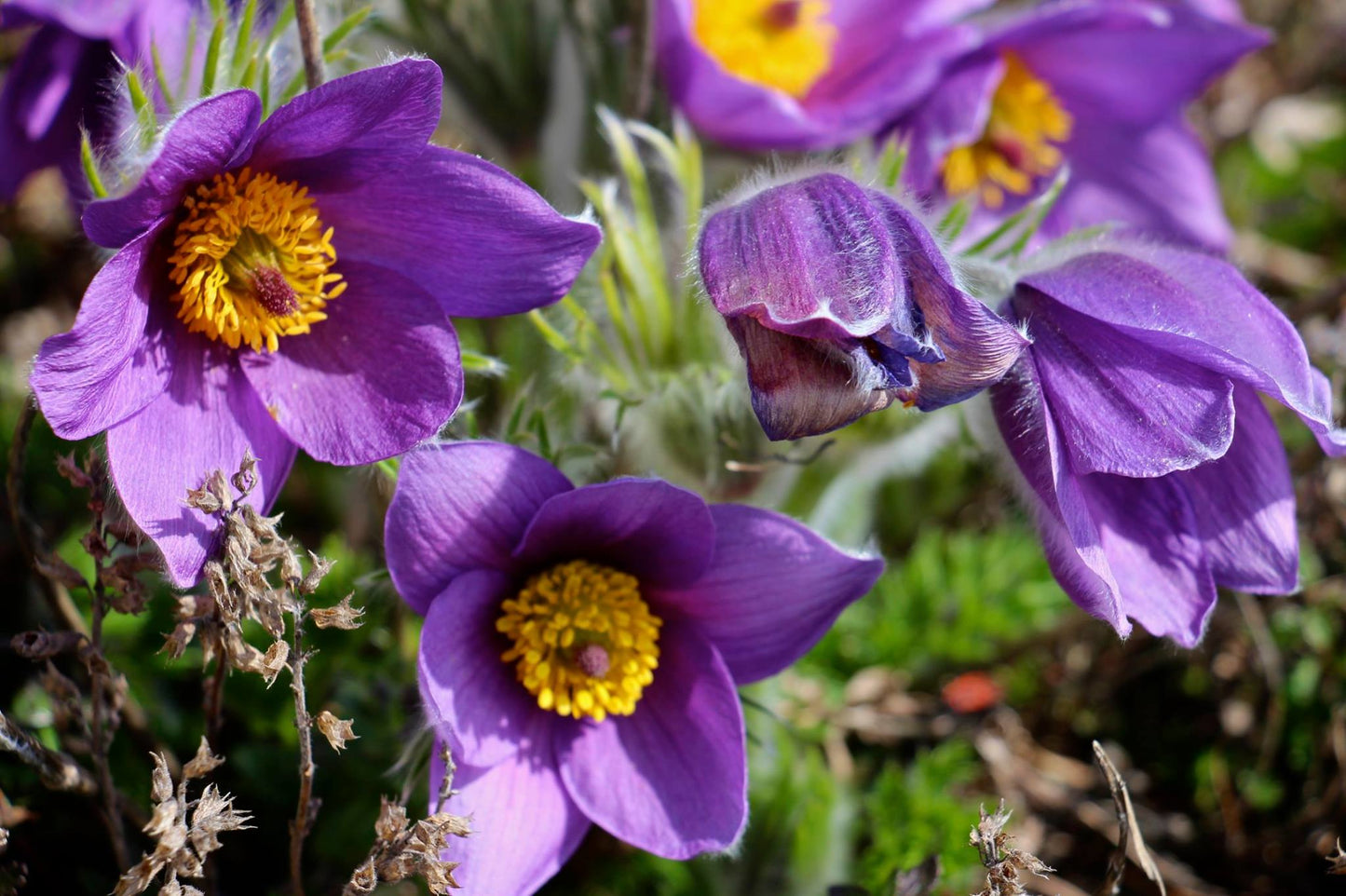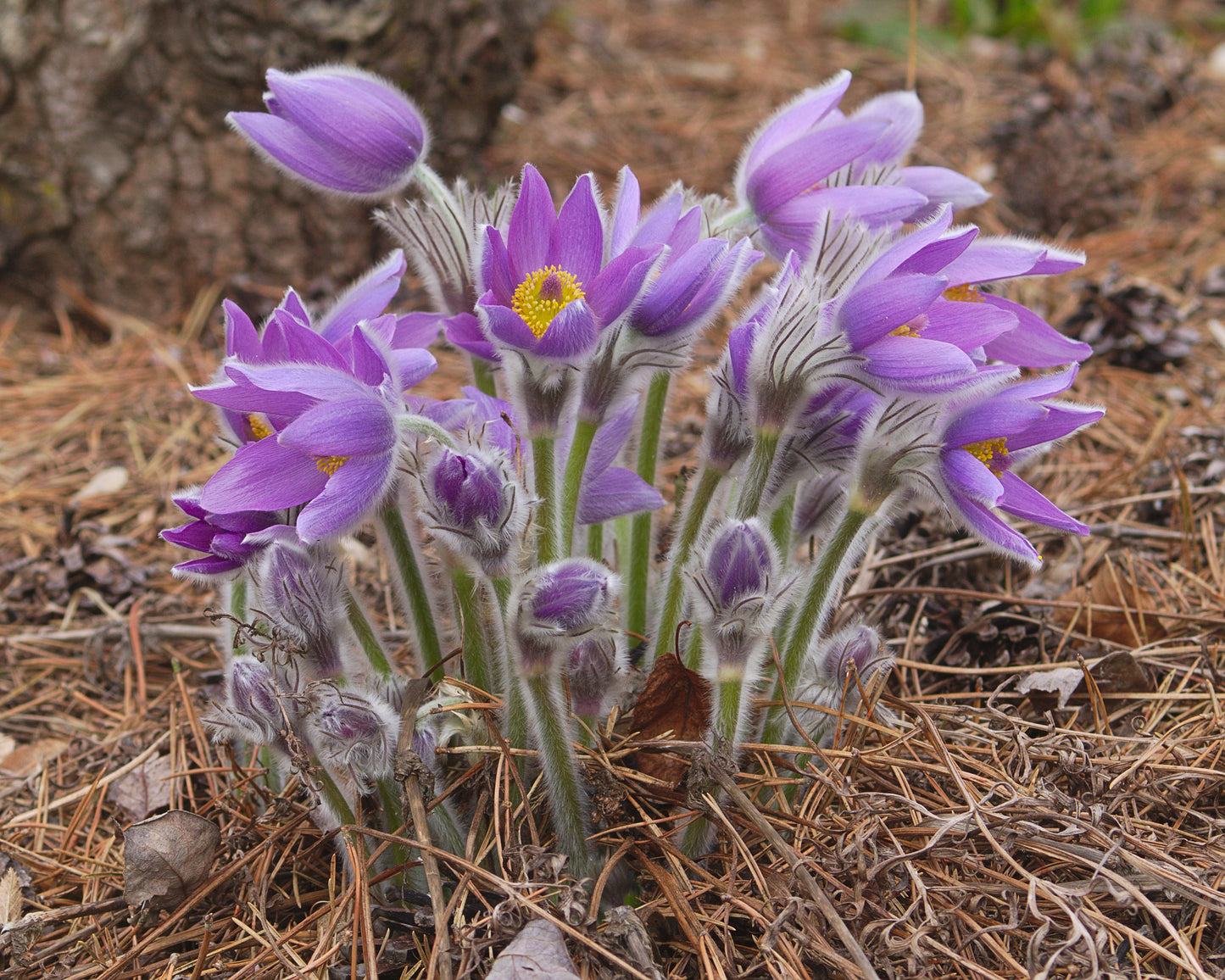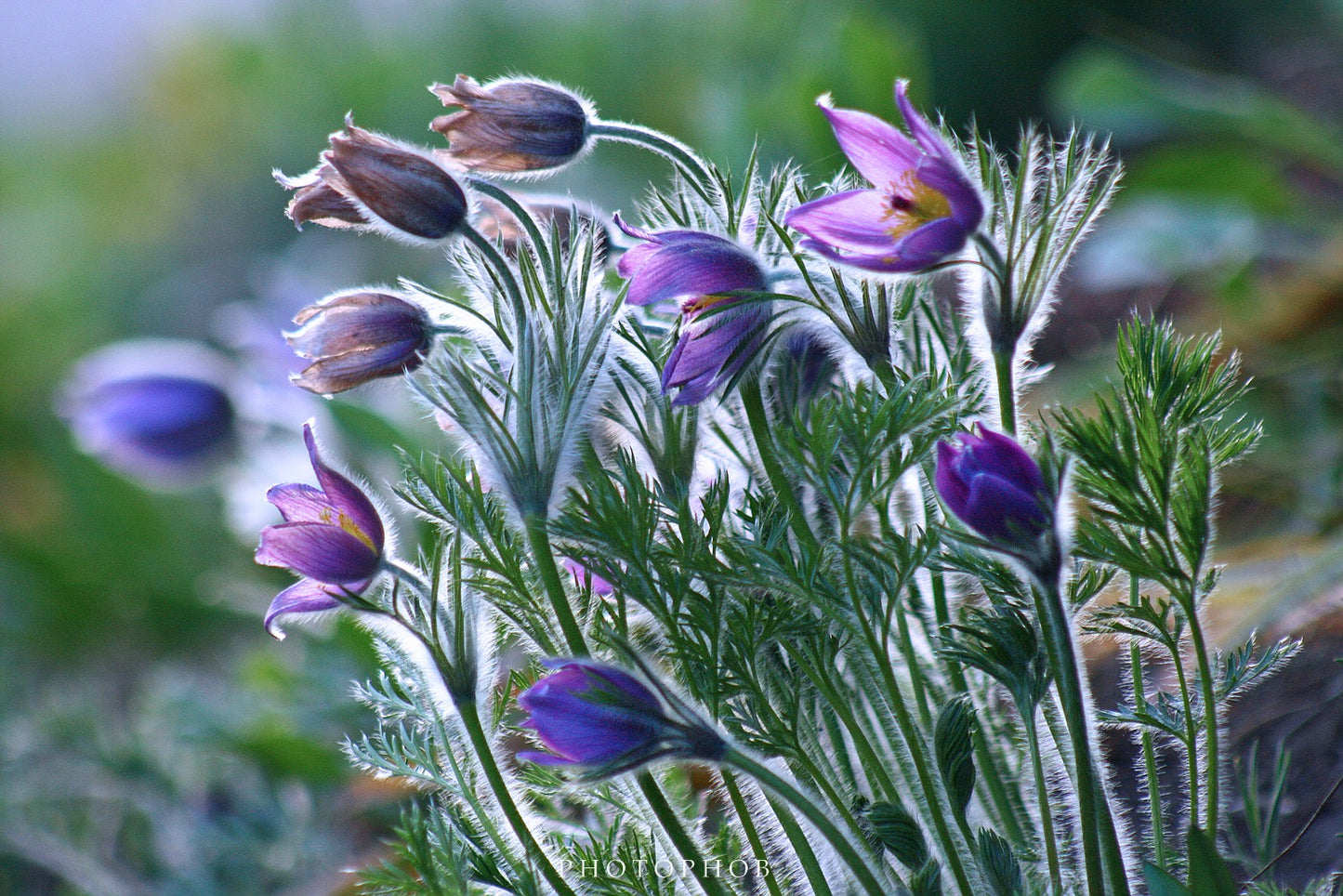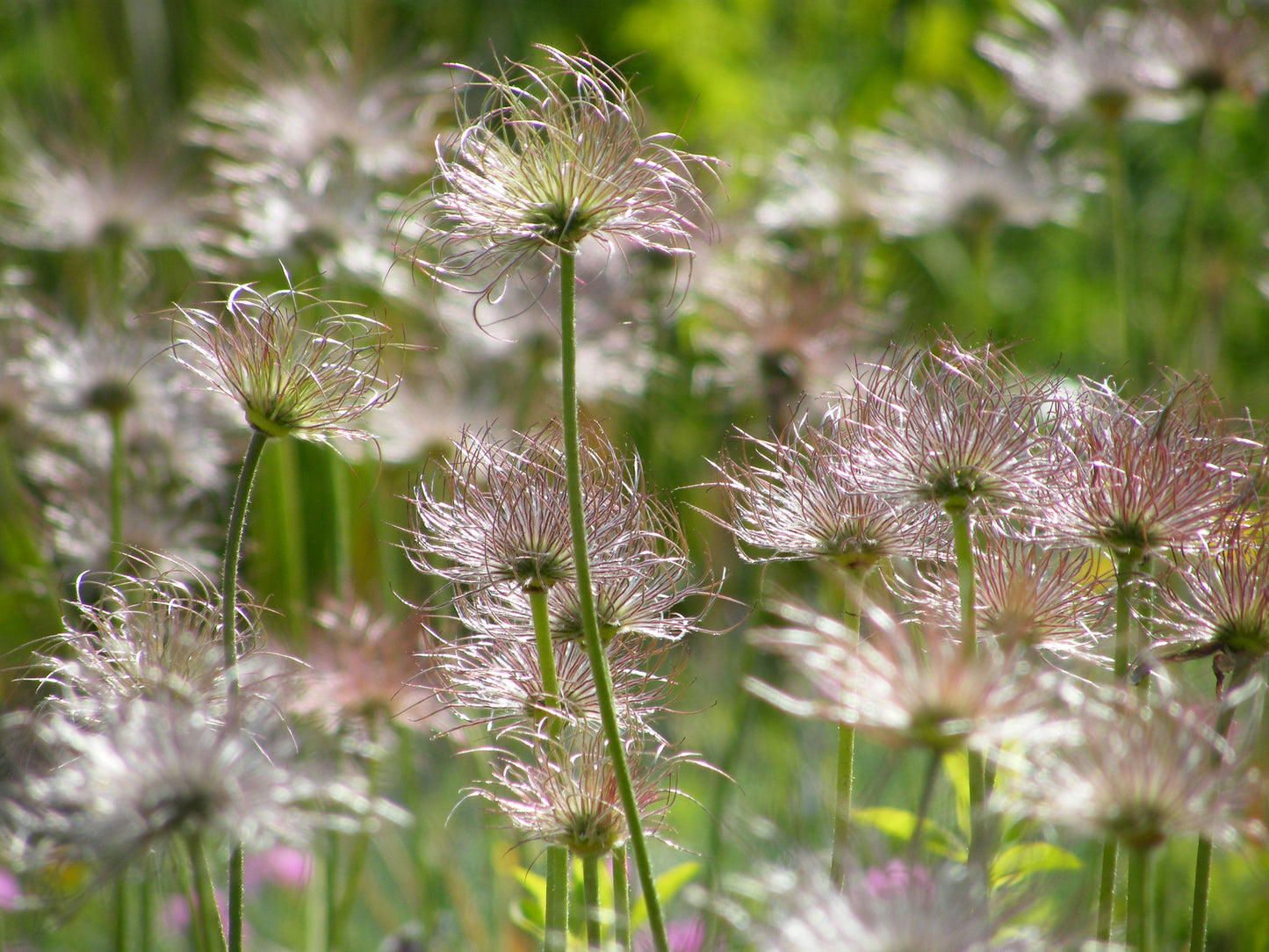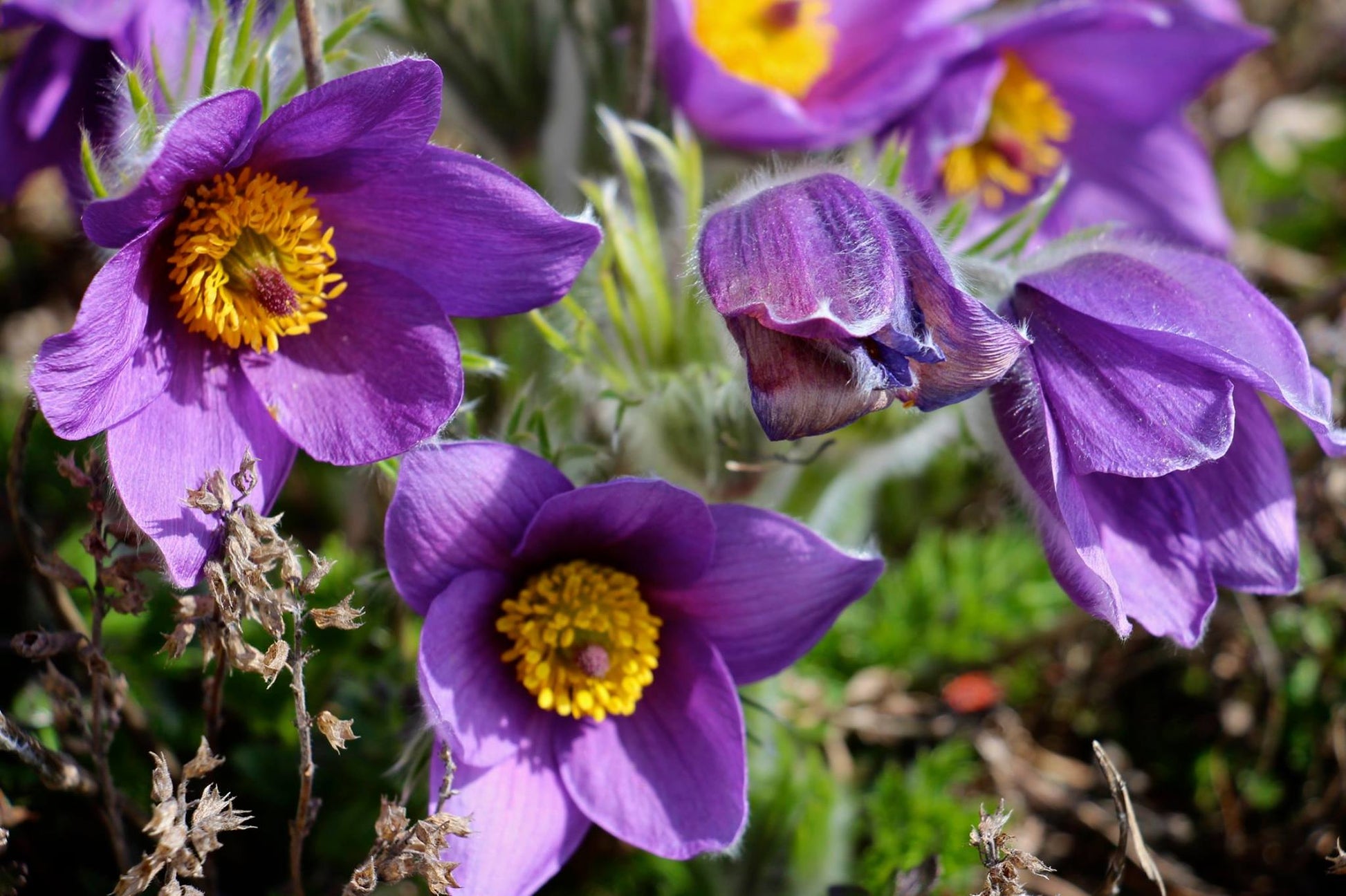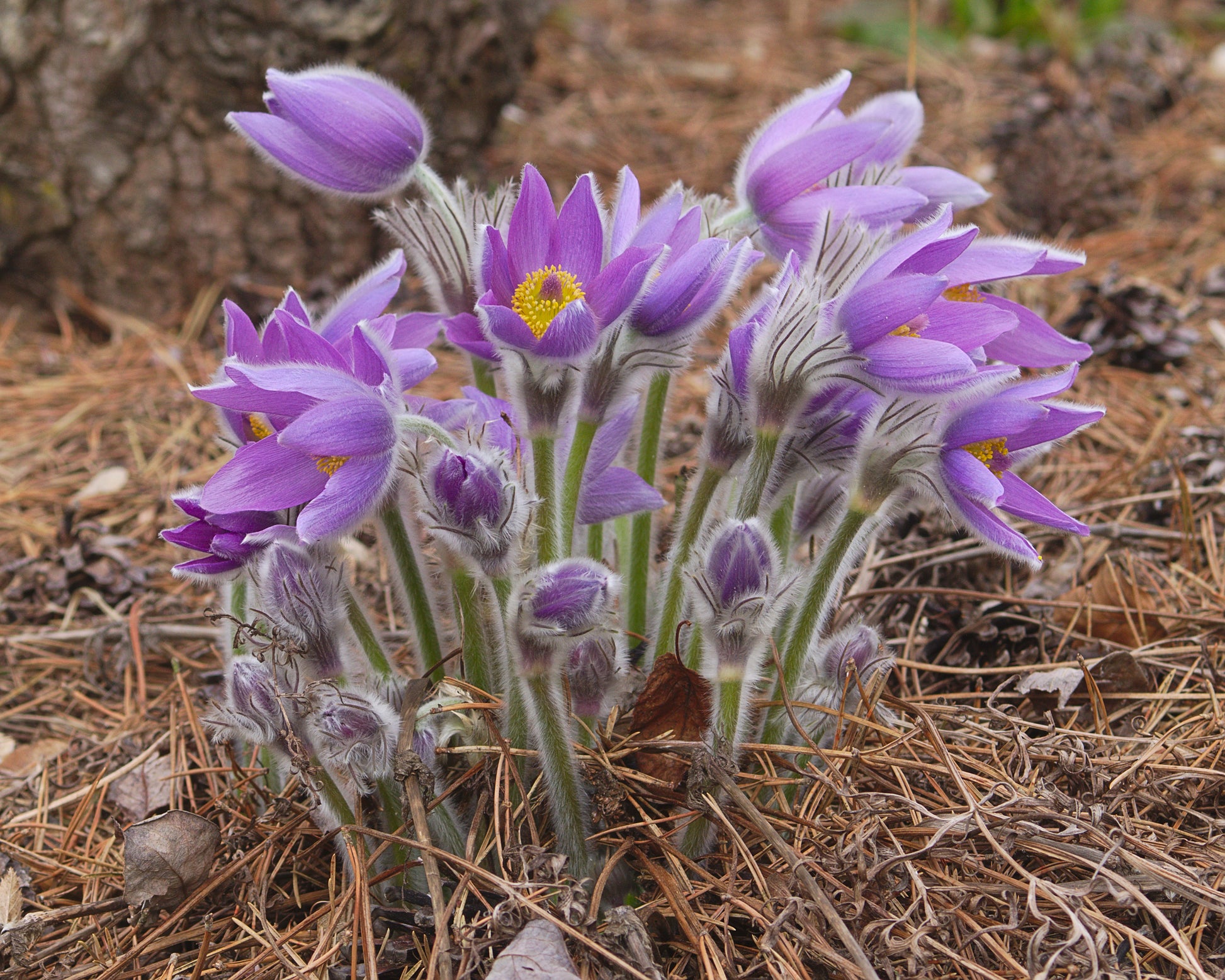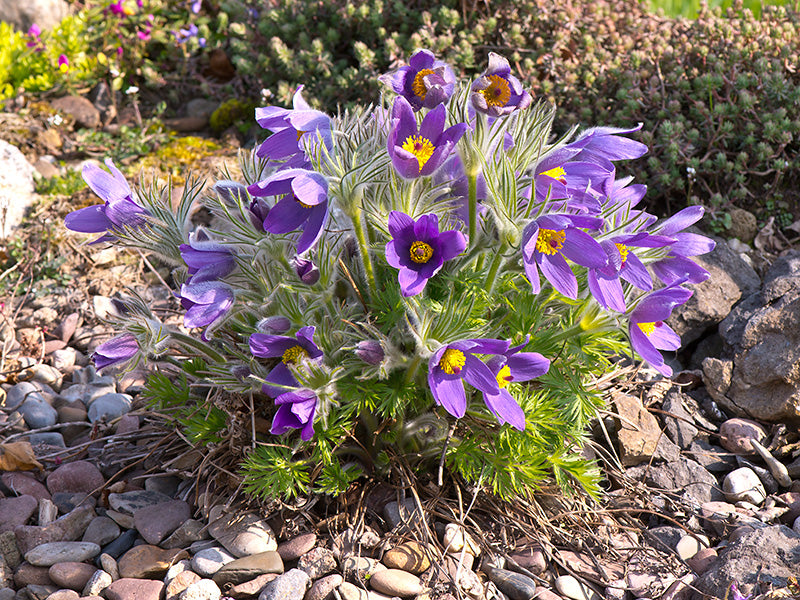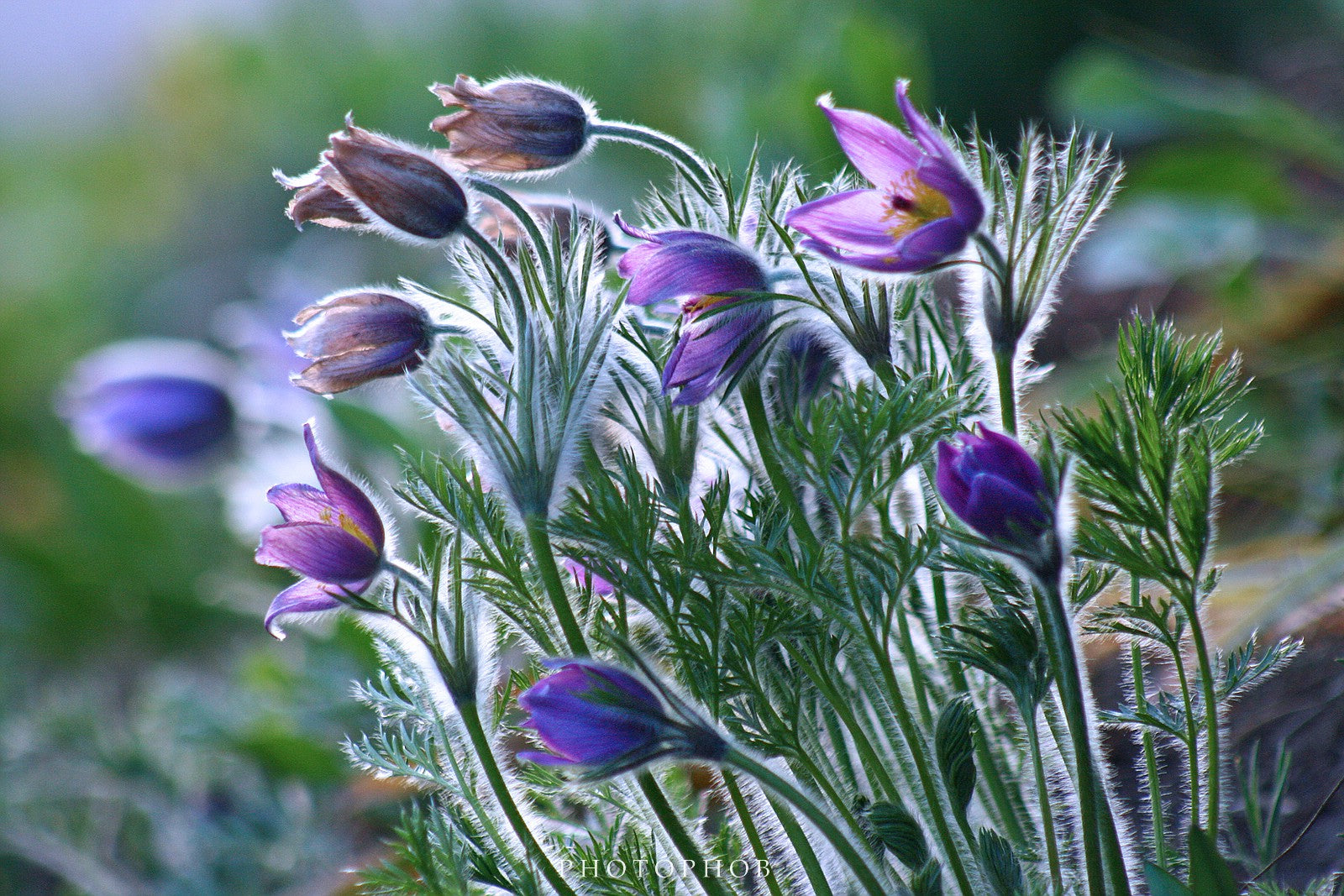Floridaseeds
Pasque Flower Pulsatilla vulgaris 20 Seeds USA Company
Pasque Flower Pulsatilla vulgaris 20 Seeds USA Company
Couldn't load pickup availability
Pulsatilla vulgaris, commonly known as pasqueflower or common pasque flower, is a herbaceous perennial plant that typically grows to a height of about 15 to 30 centimeters (6 to 12 inches). It features finely divided, fern-like foliage with silvery-gray hairs that give it a soft, fuzzy appearance. The leaves emerge from a basal rosette and are deeply divided into narrow segments.
In early spring, Pulsatilla vulgaris produces solitary flowers on slender stems that rise above the foliage. The flowers are bell-shaped and can range in color from shades of purple to white or even pink. Each flower has numerous petal-like sepals, which give it a delicate and graceful appearance. After flowering, the plant develops feathery seed heads, which eventually release seeds for propagation.
Pulsatilla vulgaris prefers well-drained soil and thrives in full sun to partial shade. It is native to Europe and can be found growing in a variety of habitats, including meadows, grasslands, rocky slopes, and open woodlands.
In terms of cultivation, pasqueflowers are popular ornamental plants in gardens and landscapes, valued for their early spring blooms and attractive foliage.
Growing Instructions
The seeds have a period of dormancy. They can be planted outdoors in the fall or winter for spring germination or they can be cold stratified to simulate winter conditions and to break their dormancy at any time of the year.
- Place the seeds in a plastic bag and seal it. Store the bag in a refrigerator for 5 weeks.
- The seeds like moist, well-drained soil. Fill a pot with a mixture of half potting soil and half sand or vermiculite.
- Sow the seeds on the soil and cover them with a thin layer of soil.
- Water the container.
- Put the pot in a warm, sunny area.
- Water the pot regularly so that the soil is moist but not wet.
- The seedlings can be transplanted when they are a few inches tall.
Materials
Materials
Shipping & Returns
Shipping & Returns
Dimensions
Dimensions
Care Instructions
Care Instructions
Share

